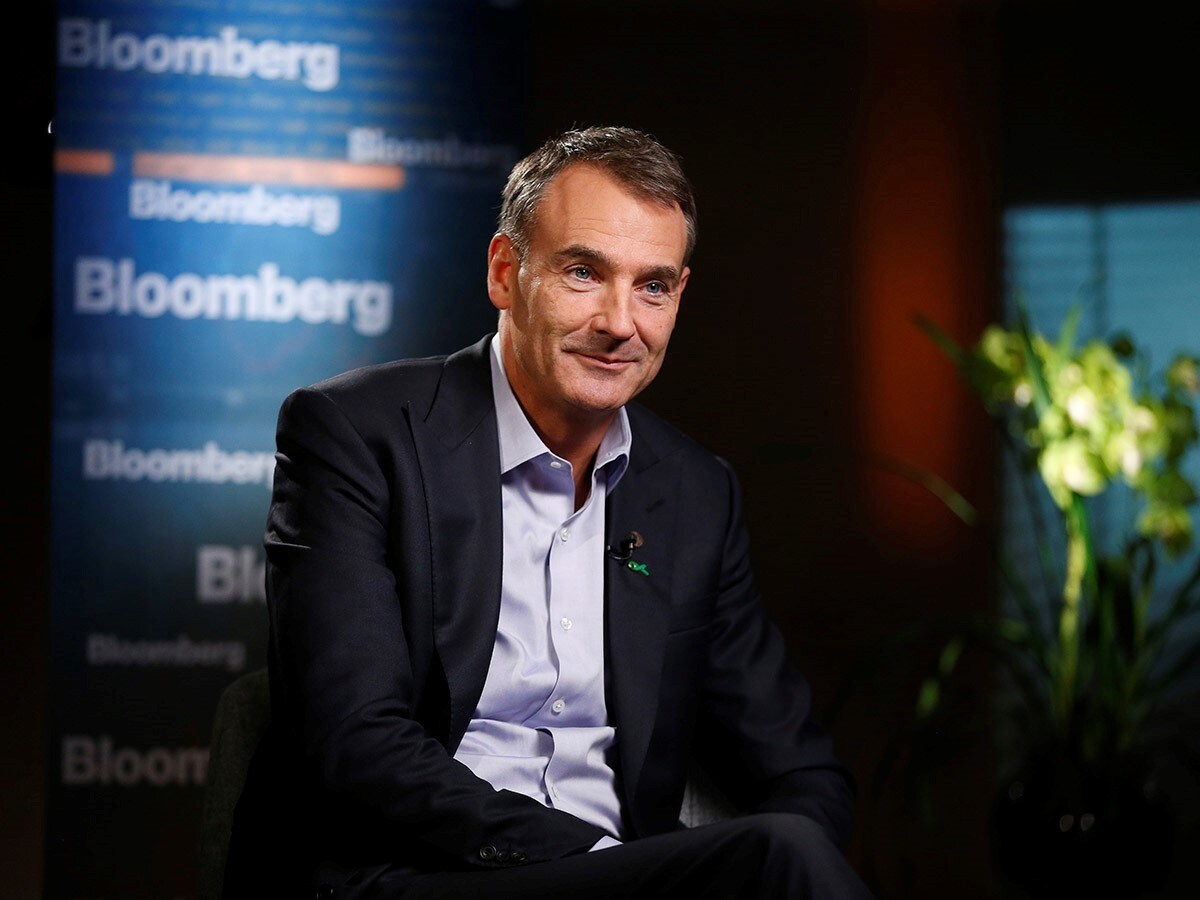In an unusual move, BP [BP.L] has lifted the lid, albeit cautiously, on its secretive trading arm.
Year-to-date, BP’s share price has tumbled 53.17% (as of 30 September’s close). In March, it fell below 300p for the first time since the late 1990s, and it hasn’t recovered since.
30 September saw, BP’s share price close just above its 52-week low of 222.90p, which it dropped to on 19 March. This is some way off its 52-week high of 521.50p, at which it peaked last November.
However, since giving an indication of its trading arm’s profitability on 15 September, BP’s share price has fallen 13.05%.
The price of oil
BP’s share price decline comes as no surprise. Oil and gas revenues have been under pressure since the coronavirus pandemic began. Lower demand for oil has seen the price of Brent Crude drop to $40, having been as high as $110 before the 2014-to-2016 price plunge.
Back then, BP’s share price managed to weather the volatility with the help of its Integrated Supply and Trading (IST) business. With oil in oversupply, it was able to snap up barrels at lower prices, store them and then sell them on when market conditions improved.
Four years later, and a combination of oversupply, storage shortage and lack of demand led to the price of Brent Crude falling to $0 a barrel in April for the first time in history. There’s a threat it may do so again. In May, Bernard Looney, BP’s CEO, told the Financial Times that demand for oil may have peaked and may never fully recover.
For Q2 2020, BP’s share price was affected by the fact the company made a loss of $16.85bn, down from the $1.8bn profit it made in the year-ago quarter. The record loss, which was much worse than analysts had expected, has forced the company to accelerate its shift from carbon-intensive fuel to renewables and greener alternatives.
In a statement, BP wrote: "The ongoing severe impacts of the COVID-19 pandemic continue to create a volatile and challenging trading environment… [T]he outlook for commodity prices and product demand remains challenging and uncertain.”
“The ongoing severe impacts of the COVID-19 pandemic continue to create a volatile and challenging trading environment” - statement from BP
Although BP is better known for its refineries and petrol stations, the company is one of the biggest commodity traders in the world, as is Royal Dutch Shell [RDSA]. In July the company delivered 3 million barrels of Iraqi oil to the Shanghai International Energy Exchange (INE), making it “the first major global trader to make a physical delivery since China launched the futures market in 2018”, Reuters reported.
The profits of BP's trading arm are a closely guarded secret, but in September, Looney revealed that the business had a “long track record” of propping up the company’s return on average capital employed each year by “close to” two percentage points.
Based on the average annual capital between 2015 and 2019 being $124.2bn, Bloomberg presumes that the trading arm returns around $2.5bn. BP declined to comment on the calculation.
This surprising move has been made in a bid to protect BP’s share price by convincing investors that its shift to green energy and renewables, which is considered less profitable than carbon-intensive fuel, can deliver strong returns. Looney said that that company hopes to achieve returns of between eight and 10% across its renewables portfolio.
| Market Cap | £45.609bn |
| EPS (TTM) | -108.30 |
| Operating Margin (TTM) | -4.37% |
| Quarterly Revenue Growth (YoY) | -56.4% |
BP share price vitals, Yahoo Finance, 1 October 2020
What’s BP’s outlook?
According to Zacks Equity Research: “Although renewable power business generates lower returns than oil and natural gas operations, alternative energy is not exposed to volatility in commodity prices. In fact, companies can generate stable returns from renewable power, revealed BP.”
While some of the pressure on BP’s share price and wider business can be alleviated by its trading arm, the impact of the pandemic could continue to weigh heavily on energy demand and oil prices.
“Although renewable power business generates lower returns than oil and natural gas operations, alternative energy is not exposed to volatility in commodity prices” - Zacks Equity Research
Goldman Sachs has taken a bullish view on Brent Crude on the basis that a COVID-19 vaccine could be available next spring. It has forecast futures to hit $65 a barrel in the third quarter of 2021, and to reach $85 before next year is out.
MarketBeat data shows there are currently 20 Wall Street ratings for BP’s share price. Thirteen are Buys, three Holds and four Sells.
Continue reading for FREE
- Includes free newsletter updates, unsubscribe anytime. Privacy policy





